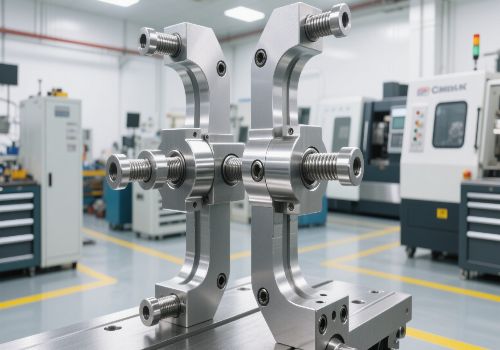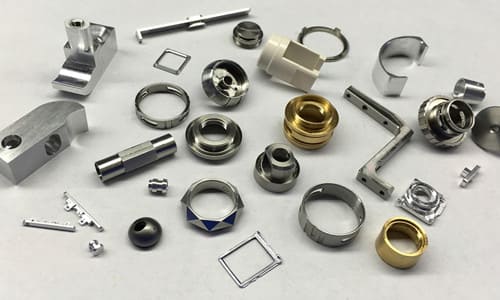Is stainless steel a steel that will not rust? When there is brown rust on the stainless steel material you use, will you worry about the quality of the steel? In fact, this is a misunderstanding. Stainless steel will also rust under certain conditions.
Strong anti-oxidation ability does not mean no rust
As we all know, stainless steel has a strong resistance to atmospheric oxidation, and it is usually not easy to rust. The name “stainless steel” is also named. In addition, it also has strong corrosion resistance in acid, alkali and salt media. However, these capabilities are not absolute, and the corrosion resistance varies with the chemical composition of the steel itself, the state of interaction, the conditions of use, and the type of environmental media. For example, the well-known 304 steel pipe is difficult to be corroded in a dry and clean atmosphere, but it will rust quickly in the sea fog containing a large amount of salt.
Stainless steel is corrosion-resistant because it has a chrome-rich oxide film that is extremely thin in thickness but very strong and fine in texture and chemically stable. Since the presence of this protective film can effectively prevent the penetration of oxygen atoms, thereby preventing the internal metal from being oxidized, the stainless steel is difficult to rust. However, under certain conditions, the chromium-rich oxide film will be destroyed. In this way, oxygen atoms from the air or liquid will continuously penetrate into the metal, causing the iron atoms to be oxidized, forming loose iron oxide, and the metal is rusted.
The reasons for the destruction of chrome-rich oxide film are various:
The first reason is electrochemical corrosion. If the surface of the stainless steel contains a large amount of dust or other metal particles attached to other metal elements, condensed water will form between the deposit and the stainless steel in the humid air. The three encounters together constitute a miniature battery, triggering an electrochemical reaction. Electrochemical reactions can cause damage to the protective film, which is called electrochemical corrosion.
The second reason is the corrosion of organic acids. If the surface of the stainless steel adheres to the organic juice, such as melon, noodle soup, sweat, etc., in the case of water and oxygen, it will constitute an organic acid. The corrosion resistance of organic acids is much stronger than that of inorganic acids. After prolonged corrosion, organic acids can damage the protective film on the surface of stainless steel, causing the internal metal to lose its protection and rust.
The third reason is local corrosion. If the surface of the stainless steel adheres to substances containing acids, alkalis, and salts, such as alkali water and lime water on the wall of the decoration, it will splatter the stainless steel surface, and the protective film will be destroyed after a long time. This is called localized corrosion.
The fourth reason is chemical corrosion. In the air with a large content of pollutants such as sulfide, carbon oxide, nitrogen oxide, etc., once the condensed water is generated on the surface of the stainless steel, it will form a mineral acid point such as sulfuric acid, nitric acid or acetic acid with the pollutants. If it is not removed for a long time, Will cause chemical corrosion of stainless steel.
Method of keeping stainless steel surface from corrosion
In order to improve the quality of stainless steel materials and ensure that the stainless steel surface does not corrode and rust, the following points should be achieved:
First of all, the surface of the decorative stainless steel must be cleaned and scrubbed frequently to remove the organic matter attached to it or mineral acid, alkali, salt and other substances to eliminate external factors causing corrosion.
Secondly, in the coastal areas, 316 stainless steel should be used instead of 304 stainless steel, because the former is more resistant to sea fog with salt.
In addition, some stainless steel pipes sold by some merchants on the market do not meet the corresponding national standards, and do not meet the requirements of 304 materials, so they also cause rust. This requires the user to carefully select the products of reputable manufacturers when purchasing materials.











